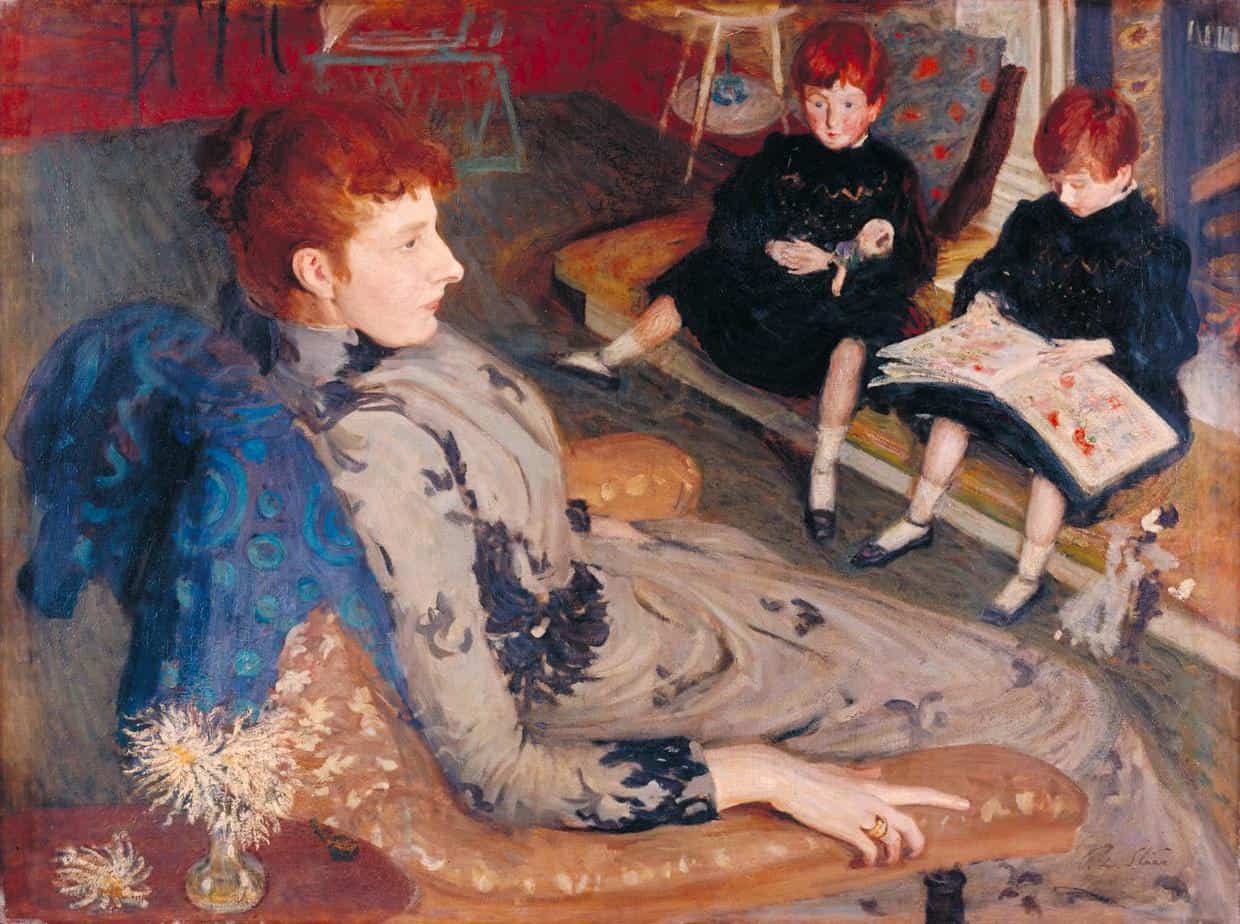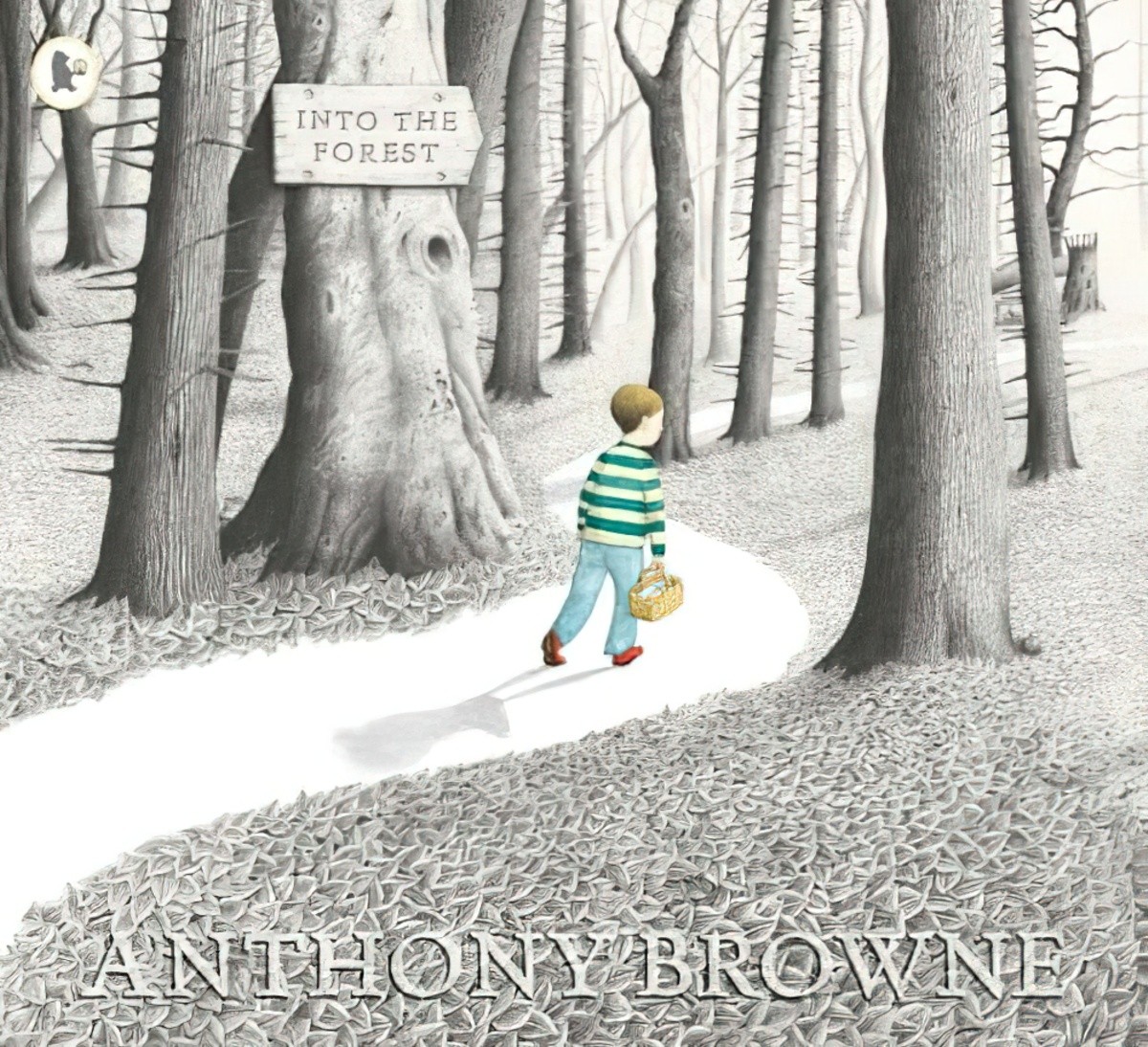-
Psychological Novel And Children’s Literature

Modern young adult literature bears many similarities to what has previously been called ‘the psychological novel’. A psychological novel is a work of prose-fiction which places more than the usual amount of emphasis on interior characterisation, and on the motives, circumstances, and internal action which springs from, and develops, external action. Wikipedia The psychological novel is also called “psychological realism”. A
-
Picnics In Art and Storytelling

Picnics — literal picnics — play an important role in Western children’s literature. When discussing children’s literature, ‘picnic’ has a different, related meaning.
-
Continuous Narrative Art In Picture Books
A continuous narrative is a type of visual story that illustrates multiple scenes of a narrative within a single frame. Multiple actions and scenes are portrayed in a single visual field without any dividers. The sequence of events within the narrative is defined through the reuse of the main character or characters. Continuous narrative emphasises the change
-
Panoptic Narrative Art In Picture Books

Let’s say there are 7 main categories of Narrative art. Narrative art is art which tells a story. Panoptic refers to ‘showing or seeing the whole at one view’. Panoptic narrative art is often a bird’s eye view. The ‘camera’ is above. This is the art world’s equivalent of an all-seeing (omniscient) narrator. Panoptic and panoramic
-
What Is A Flâneur? What Is A Dandy?

As described by James Wood in How Fiction Works, the flâneur is the loafer, usually a young man, who walks the streets with no great urgency, seeing, looking, reflecting. Flânerie describes aimless behaviour. In French it’s spelt like this: flâneur. Wood also uses the great phrases ‘porous scout‘ and ‘Noah’s dove‘ to describe this authorial stand-in.
-
Iterative vs Singulative Time In Children’s Literature

When writing about different temporalities in children’s literature, academic Maria Nikolajeva makes a useful distinction between ‘iterative’ time and ‘singulative’ time. These words come from Gerard Genette, who also came up with useful terms to describe story pacing. Genette talks about three modes of time an influential book called Narrative Discourse: ‘Singulative’ (telling once what
-
What is a parable?
A parable is a succinct, didactic story, in prose or verse, which illustrates one or more instructive lessons or principles. Fables are different. Fables feature animals, plants, inanimate objects, or forces of nature as characters, whereas parables have human characters.
-
Doppelgangers, Twins and Changelings In Fiction

A doppelganger is an apparition or double of a living person. It comes from German, and translates literally from ‘double walker’.
-
Pathetic Fallacy: Not actually an insult

What is pathetic fallacy? Pathetic fallacy is a poetic device where, for the purpose of creating symbolic value or another higher-order creative expression, we attribute human emotions to items which don’t feel emotions. Edit Torrent A Short History of Pathetic Fallacy The term ‘pathetic fallacy’ was coined in 1856 by a man called John Ruskin (an art
-
Chick-Lit and Similar Genre Terms
chick-lit: a sometimes derogatory term for literature aimed at women, about single women in their twenties who are looking for love trick-lit: “Trick Lit is the term [Seth Godin invented] for a chick lit novel that pretends to be something else, hoping to rope people in with an interesting premise. 30 pages later, you discover
-
Everyday Words With Different Academic Meanings

ASEXUAL The queer community uses ‘asexual’ in a very specific way to refer to orientation (low-to-no- sexual attraction). Some people are homosexual, some people are bisexual, heterosexual, pansexual and… asexual. In non-queer spaces, the word ‘asexual’ is used in various different ways independent from the central contemporary meaning of orientation. Even within academic literature, there


